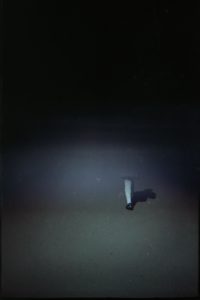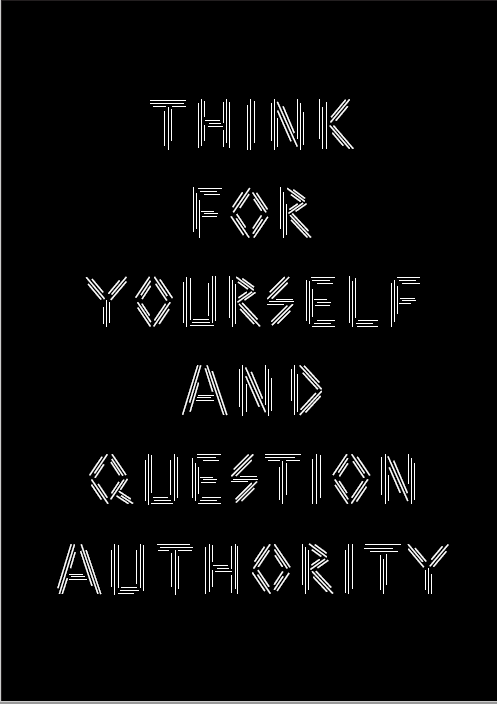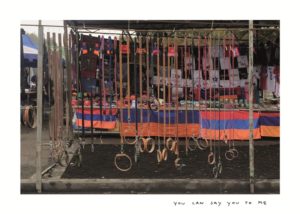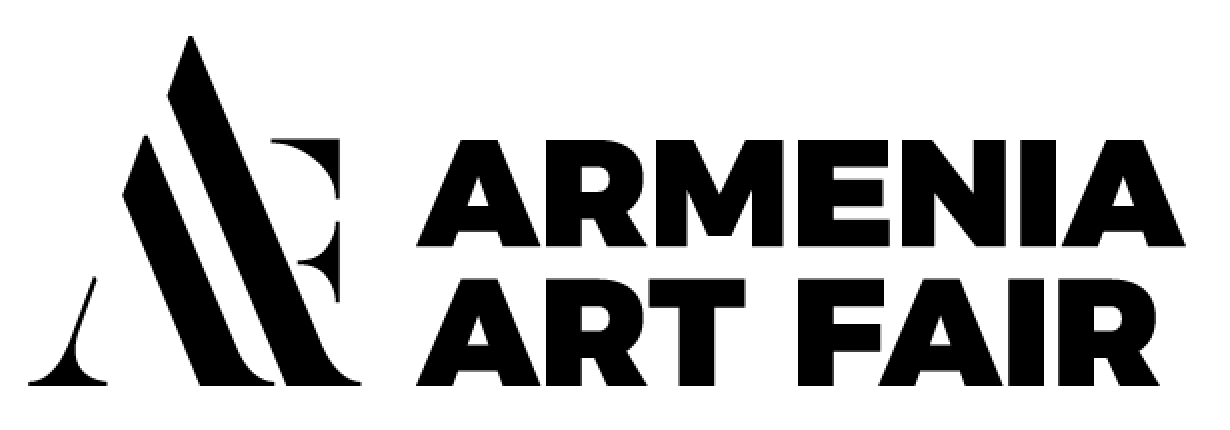Focusing on mobility of art and artists, and encouraging innovation in art production as well as across disciplines
А curatorial project, the Open Space focuses on curator-artist collaborations, local and international art platforms and organizations, representing exclusively contemporary art with focus on the video art, photography, performance and installation.
BODY CODE
Four Contemporary Armenian Photographers
curated by Vigen Galstyan
presented by Lusadaran Armenian Photography Foundation
It did not take much for the body to become abject: just a few paintings by Picasso, a series of photographs by Diane Arbus and the films of David Cronenberg. But what is the condition of the abject body in our age of techno-aesthetics, gender fluidity and sexual discursiveness?
The works of contemporary Armenian photo-media artists Irina Grigoryan, Lianna Mkrtchyan, Mika Vatinyan and Vogler, look at the body as a landscape of shifting cultural codes. These are figures in a state of constant transformation – at times strange but also mysterious and complex. While we see the artists themselves in these pictures, there is no fixed identity here. Instead we are presented with a perpetual movement towards new corporeal and emotional conditions. Photography becomes crucial for fixing these raw moments of metamorphosis and revealing the cultural, historical and aesthetic codes that shape and re-shape our physical selves, just as they do with photography itself. In contemplating this endless capacity for reinvention, the artists make manifest the beauty that lies hidden behind the abject surface.

Lianna Mkrtchyan (1984): Put your finger and throw it out,
2016, triptych, digital photographs and mixed media. Edition of 5

Mika Vatinyan (1972). Four corners, 2011
four digital photographs, pigment print. Edition of 10

Vogler (1983)։ Black fur square, 2014,
digital photograph, pigment print. Edition of 10

Irina Grigoryan (1989): Untitled, 2015,
Type C photograph: Edition of 10
Body is border.
The border is dividing the inner and the outer space. Controlled and not controlled. Body is a platform and tool. Tool to understand the world and the nature of the self. Body is a platform of confrontation between the social and the inner: a space to throw aggression, fears and wide spectrum of emotions.
Body is a wall. Collecting memories, aggression, ideas on social justice, on morality, beauty and else. Body is a visual platform, a space to talk with the socium. As a platform it neither belongs to you but nor to the community. It lies in between. Just like those walls on the street we give ourselves permission to scratch on- tell who we love, what we hate and show which leaders do not satisfy our expectations. Our bodies carry all the information floating nearby and absorbed with years- fears, desires, misbalance…The walls never belong, they just exist.
Valentina Maz is an emerging artist from Cairo, based in Yerevan. Her works are interdisciplinary bold visual experiments focusing on the issues of a person in the process of self revelation.
She experiments/plays with the body issues, using bodies, including her own in order to investigate herself as an object, a social construct, which has hidden layers. She works both with illustrations, video arts and analog photo-collages.
NarNur is a collage-art project by an urban non artist Narine Vardanyan, who uses her own product appeal and sexuality as a platform of confrontation. Her works are filled with strong and clichéd symbols. Narine uses her own image in “selfie” format as a base of conversation, which makes her works both very personal and kinky. She works mainly with paper cut collages all done in black and white, which later can be transferred to any material and done with any technique.

Valentina Maz, 2017
video installation “TodayiwasmyselfTodayiwasnotmyself”

NarNur, 2018
spray painting/mixed technique
Frauenkulturbüro NRW e.V. started an international exchange program for female artists in 2013. Two artists from North Rhine-Westphalia visit Georgia and Armenia for two months. And in return, a Georgian and an Armenian artist will come to North Rhine-Westphalia for two months. The goal of the scholarship is to promote women artists to an international level, to expand their network and make them more visible on the art market for further international activities. Cooperation partners are weltkunstzimmer in Düsseldorf and Museum Goch.

Ana Jikia “Karvel”, 2017

Julia Buennagel, Think for yourself, 2007

Katharina Maderthaner, “you can say you to me”, print, 2016/2017

Julia Charlotte Richter, Training, videostill, 2014
Art and Cultural Studies Laboratory (ASL) is a non-governmental organization. The title of the organization allows disclosing its position and working experience. In the title, there is no extension “contemporary” with regard to art, although artistic activities are carried out within the paradigm of contemporary art. Nevertheless, “laboratory” already implies a certain continuum, process, documentation, intervention, etc., which distinguishes it from traditional, conservative art mainly interested in representative works of art, in the final result and in commodities that can be exchanged on local and global markets.
There is also a difference between the notions of “contemporary” and “modern.” Classical or historical modern art, nurtured by the historical avant-garde, rather looked forward and was a purposeful (in a utopian way), revolutionary project with all of its flaws and positive movements. Nowadays, the so-called Armenian modern art mostly imitates Soviet abstract reductionism or modern “under-figurative” art.
In Armenia, contemporary art seems quite salutary today, since the local context is far from the possibilities of getting involved in the flows of cultural and financial capital of the West. Moreover, the nearly complete absence of local funding opens up space for a freedom of manifestation and non-servile position, which makes the competition within the context of contemporary art unsteady and non-governmental institutional experience diverse and decentralized.
Cultural Studies help us expand the analytical horizon of art, while the tools of postcolonial criticism allow raising questions that have local relevance as opposed to the nowadays militarism and nationalism.
We would like to believe that contemporary art possesses a significant resource for social amelioration and renovation.

Dialogues with Power
A Project by Susanna Gyulamiryan
Field Research/Exhibition/Publication
Garage Museum of Contemporary Art
2017-2018, Moscow

Fragile Safety
Public performance
Artists: Susu Shuling Shih (Taiwan), Raffie Davtian (Iran-Armenia)
“(Inter)diagnose” – International Forum of Contemporary Art
Curated by Susanna Gyulamiryan
Yerevan, 2008

